Role Astronomer | Name Beatrice Tinsley Known for evolution of galaxies | |
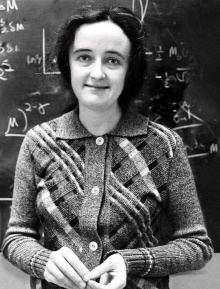 | ||
Born 27 January 1941Chester, England ( 1941-01-27 ) Notable awards AAS Annie J. Cannon Award in Astronomy (1974) | ||
Residence United States of America | ||
The remarkable beatrice tinsley deep sky videos
Beatrice Muriel Hill Tinsley (27 January 1941 – 23 March 1981) was a British-born New Zealand astronomer and cosmologist whose research made fundamental contributions to the astronomical understanding of how galaxies evolve, grow and die.
Contents
- The remarkable beatrice tinsley deep sky videos
- Beatrice tinsley google doodle 75th birthday new zealand astronomer
- Life
- Education
- Professional activity
- Tributes
- Selected publications
- References
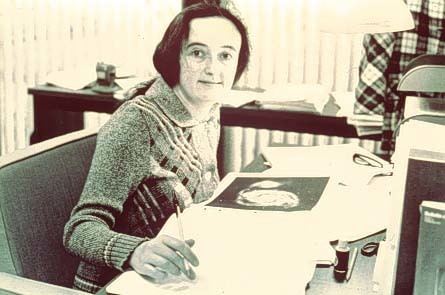
Beatrice tinsley google doodle 75th birthday new zealand astronomer
Life
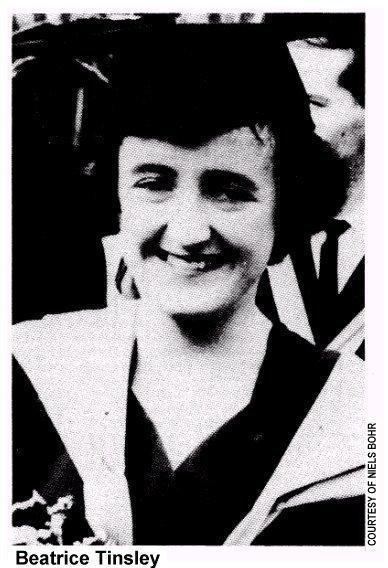
Tinsley was born in Chester, England in 1941, the middle of three sisters, and emigrated to New Zealand with her family following World War II. The family lived first in Christchurch, and then for a longer time in New Plymouth. Her father Edward Hill was a clergyman and Moral Re-Armer, was Mayor of New Plymouth (1953-56). While studying in Christchurch, she married physicist and university classmate Brian Tinsley, not knowing that this would prevent her from working at the University while he was employed there. They moved in 1963 to the United States, to Dallas, Texas, but she was similarly restricted there. In 1974, after years of attempting to balance home, family and two commuting careers, she left her husband and two adopted children to take a position as assistant professor at Yale. She worked there until her death from cancer in the Yale Infirmary in 1981. Her ashes are buried in the campus cemetery.
Education
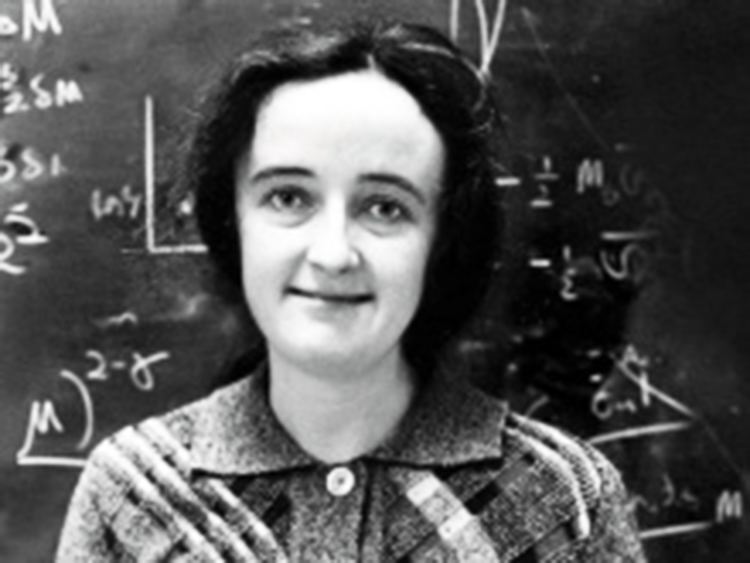
Tinsley attended New Plymouth Girls' High School, then studied at the University of Canterbury where she completed a B.Sc. and then a Master of Science degree in 1961, with First Class Honours in Physics. Her Doctor of Philosophy PhD was awarded by the University of Texas in Austin in 1966, with the thesis Evolution of Galaxies and its Significance for Cosmology.
Professional activity
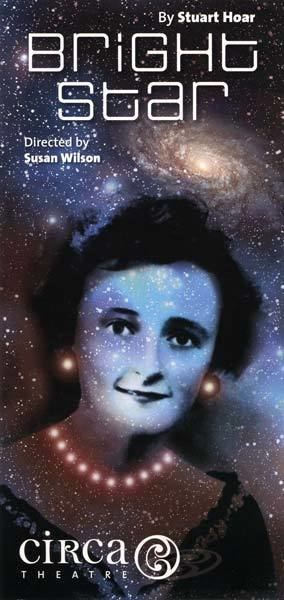
Tinsley completed pioneering theoretical studies of how populations of stars age and affect the observable qualities of galaxies. She also collaborated on basic research into models investigating whether the universe is closed or open. Her galaxy models led to the first approximation of what protogalaxies should look like.
In 1974 she received the American Astronomical Society's Annie J. Cannon Award in Astronomy, awarded for "outstanding research and promise for future research by a postdoctoral woman researcher", in recognition of her work on galaxy evolution.
In 1977, Tinsley, with Richard Larson of Yale, organised a conference on 'The Evolution of Galaxies and Stellar Populations'.
Shortly after, in 1978, she became the first female professor of astronomy at Yale University. Her last scientific paper, submitted to the Astrophysical Journal ten days before her death, was published posthumously that November, without revision.
Tributes
In 1986 the American Astronomical Society established the Beatrice M. Tinsley Prize, which recognises "an outstanding research contribution to astronomy or astrophysics, of an exceptionally creative or innovative character." It is the only major award created by an American scientific society which honours a woman scientist. The award is not made with restriction on a candidate's citizenship or country of residence.
The main-belt asteroid 3087 Beatrice Tinsley, discovered in 1981 at Mt John University Observatory near Tekapo, is also named after her.
The University of Texas at Austin established from endowment in 1989 the Beatrice M. Tinsley Centennial Visiting Professorship, where a distinguished mid career or senior professor is invited to visit for up to a semester. In 2007 they added the Tinsley Scholars, awards for younger researchers to briefly visit Austin.
In 2005, the Circa Theatre in Wellington produced a play called Bright Star, about the life of Beatrice Tinsley. The Wellington Astronomical Society held telescope viewing sessions outside the theatre, on the wharf next to the Te Papa Museum.
In December 2010 the New Zealand Geographic Board officially named a mountain in Fiordland's Kepler Mountains (which are named for the astronomer Johannes Kepler) as Mt Tinsley.
The Royal Astronomical Society of New Zealand established the Beatrice Hill Tinsley Lectures in 2012.
Beatrice Tinsley Crescent in Rosedale, on Auckland's North Shore, is named for her. It runs off William Pickering Drive and is joined by Ride Way.
On 27 January 2016, the 75th anniversary of her birth, Google published a Doodle to honour her work.
